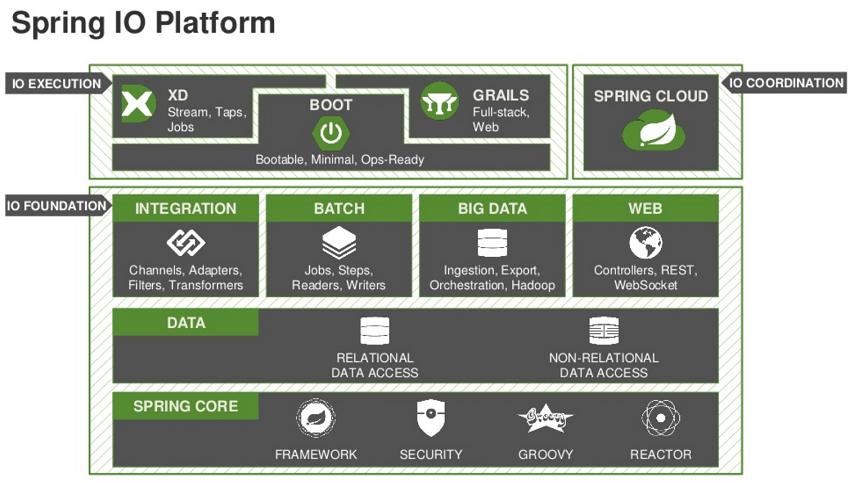In this article I would like to present the RESTForms project - generic REST API backend for modern web applications.
The idea behind the project is simple -after I wrote several REST APIs I realized that generally, REST API consists of two parts:
- Work with persistent classes
- Custom business logic
And, while you'll have to write your own custom business logic, RESTForms provides all things related to working with persistent classes right out of the box.
Use cases
- You already have a data model in Caché and you want to expose some (or all) of the information in a form of REST API
- You are developing a new Caché application and you want to provide a REST API

.png)

.png)